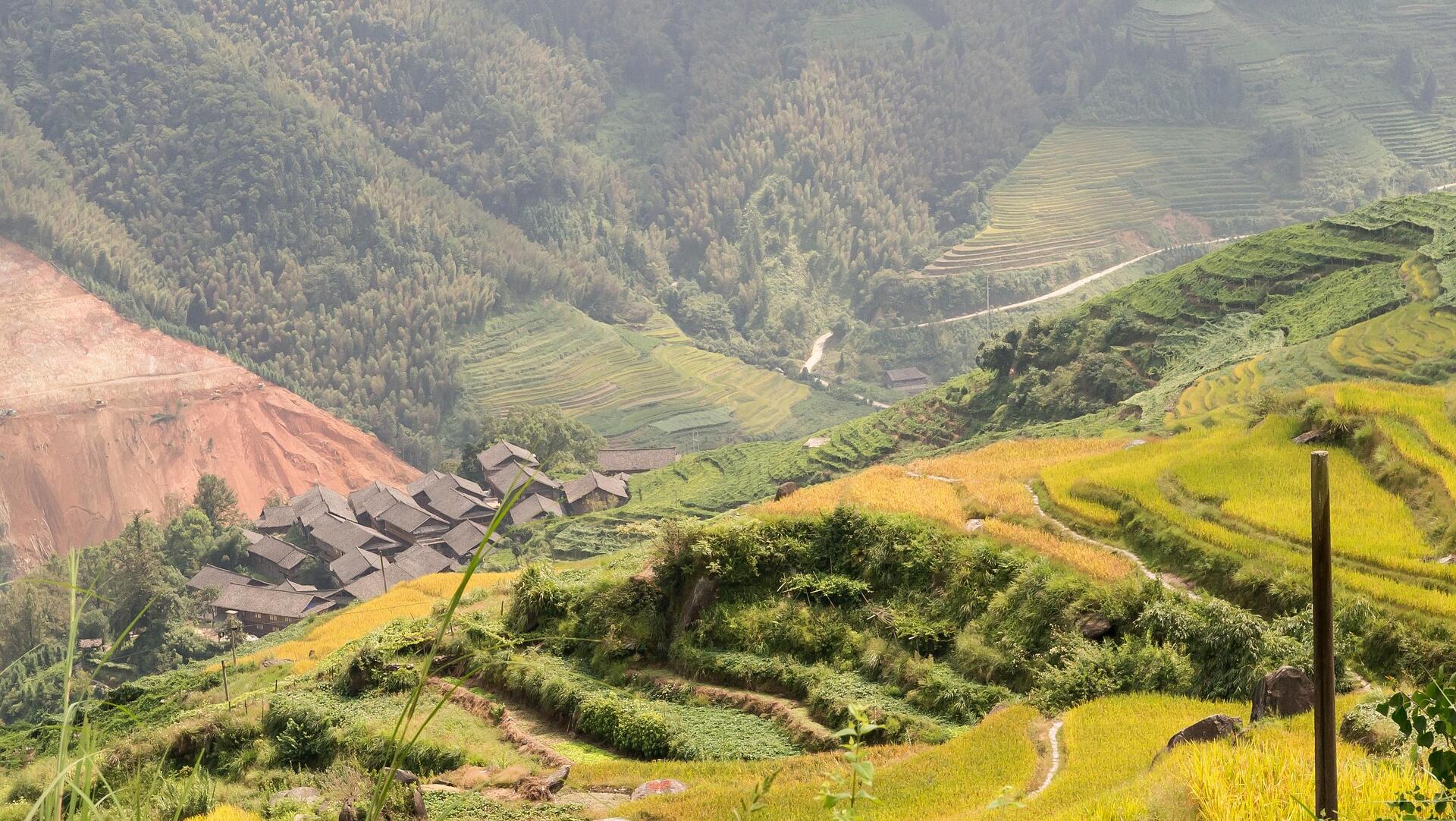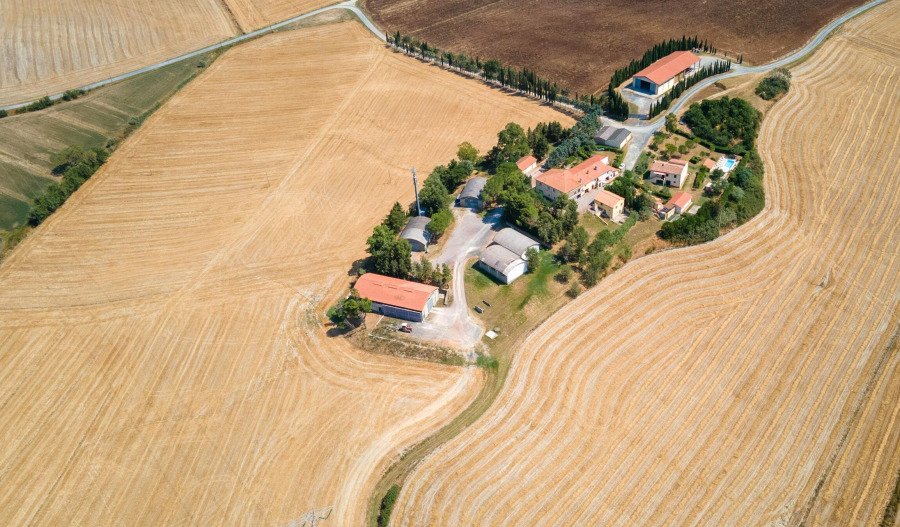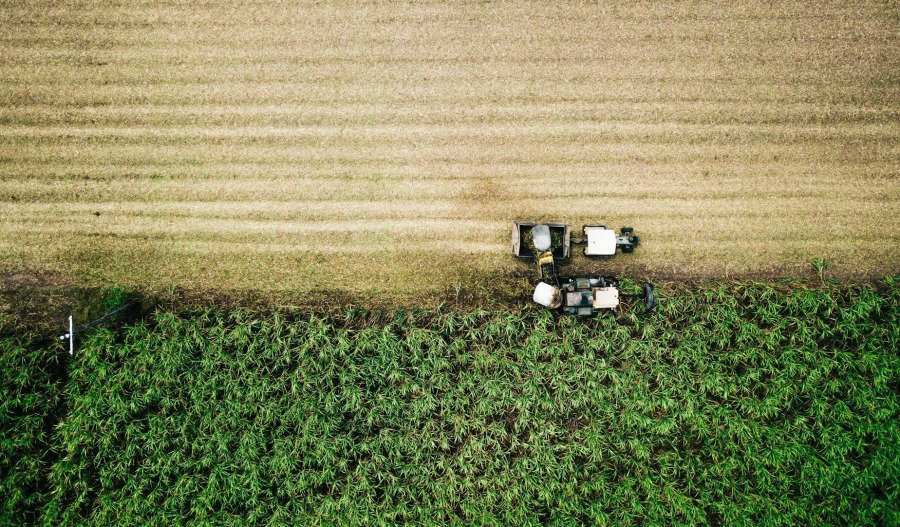China is tightening its grip on arable land as it walks a fine line between food security and rural revitalisation.
Ahead of National Land Day, the Ministry of Natural Resources reaffirmed its commitment to the “18 billion mu” red line — a non-negotiable threshold of 1.2 billion hectares reserved exclusively for agriculture.
The ministry warned that this land must remain off-limits to construction or non-agricultural use, even as rural industries like tea and fruit cultivation flourish.
For global investors, the message is clear: China’s agricultural policy is entering a phase of stricter enforcement and strategic land optimisation.
To avoid derailing rural income gains, Beijing is rolling out a phased “identify, restore, and swap” strategy. This approach aims to protect high-quality farmland, gradually reclaim suitable plots, and replace degraded or misused land with more viable alternatives.
Officials emphasise that abrupt reversals — such as converting mulberry orchards or tea plantations back to grain fields — could undermine poverty alleviation gains.
Instead, local governments are urged to tailor transition periods based on regional conditions and crop cycles.
Landscapes are already being reshaped by the policy.
In Shandong’s Dezhou region, for instance, desertified plots once deemed unfit for grain have been repurposed into mulberry plantations — now recognised with national agricultural product designations.
These specialty crops boost local incomes and align with China’s broader push for rural industrial diversification.
Officials say the revised land categorisation system has reduced bureaucratic friction and improved grassroots governance.
Behind the scenes, Beijing is drafting an updated regulatory framework to manage and protect “permanent basic farmland” — the most fertile and strategically significant plots.
The draft measures, published earlier this year, mandate that such land be used primarily for grain production and prohibit unauthorised repurposing.
Analysts say this could accelerate farm consolidation and mechanization, especially as aging farmers retire and rural youth migrate to the cities.
For investors eyeing China’s agri-tech, rural infrastructure, or ESG-linked portfolios, the implications are twofold: expect tighter land-use controls but also rising demand for precision agriculture, irrigation systems, and sustainable land management.
China’s farmland protection strategy embodies the core mission of World Rural Development Day (6 July): fostering sustainable development while empowering rural communities.



